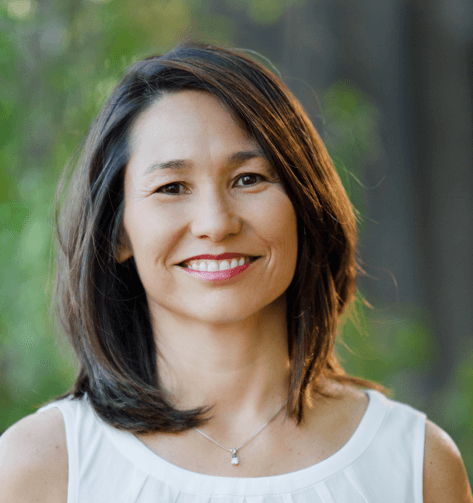By Sarah Ford |Sonoma Sun —
When Anne Ching was elected to the school board in November of 2020, she began a new chapter in her 20-plus years as a volunteer for Sonoma’s public schools, where her two daughters attended kindergarten through high school.
Ching’s background in finance prompted her to pay closer attention to the district’s budget and long-term solvency around 2005, when the district entered a fiscally tumultuous period. Its reserves had fallen below state-mandated levels, and restoring them took several years. During that time, the district had to cut $1 million from the budget, necessitating the closure of school libraries and the elimination of middle school sports.
As her girls progressed through school, Ching was involved not only as a school volunteer but as a board member, and then president, of the Sonoma Valley Education Foundation.
Once her girls left for college, Ching decided to run for the school board. A major motivation was her frustration with the chronic underperformance of the district’s English Language Learners (ELL). She had volunteered with ELL students in the classroom and knew they had the same ability and excitement to learn as their native English-speaking peers, despite lagging performance on tests and assignments. They simply had fewer opportunities for enrichment and advancement. She was troubled most by the divergence in student achievement observed by middle school, and felt it didn’t add up. Sonoma had a relatively small population, a manageable number of schools, and ample resources, including a plethora of community volunteers.
She believed that Sonoma had all the right ingredients for high-performing schools; instead, there was under-achievement.
Ching brings a wealth of skills to her role as trustee, in addition to her experiences within the schools. Her volunteer work in El Verano’s after-school literacy program and at Flowery and Prestwood, and as a tutor in the high school’s Teacher Support Network, gave her insights into the challenges faced by students and teachers. Her educational background in public policy – she has a Master’s degree from Harvard’s Kennedy School of Government – along with her professional experience in predictive analytics in the financial sector, underpin her analytic approach to problem-solving.
“I care about listening to what students have to say,” she said. Ching still knows many teachers, and she mentored two girls through the Mentoring Alliance. “I still have pretty deep roots into the schools, and I think that gives me good insight into what’s happening on the ground.”
Ching has pored over three Western Association of Schools and Colleges accreditation reports and tries to bring them up, in her words, to “keep people accountable, because it’s very easy to do those reports and just put them on the shelf.”
She feels her institutional memory is valuable, particularly in light of the high turnover among administrators.
Ching stresses that attracting and retaining top talent is an issue the district must face as it grapples with a shrinking supply of teachers, who are exiting the field in record numbers. Total teacher compensation here ranks in the 50th percentile compared to neighboring districts and counties. Moreover, she said, “if we want to attract the best possible talent pool, we will also need to tackle housing affordability, which is one of the biggest barriers to recruiting teachers.”
Declining enrollment is another challenge the board will have to address in the near term. Sonoma’s birth rate has fallen by about 40 percent since 2004, and is expected to decline further, consistent with statewide trends. A demographic study commissioned by the board predicts that by 2028-29, the high school will shrink from its current enrollment of 1,200 students to 700. In the district as a whole there are currently 3,300 students, and that is expected to fall to 2,400. Ching views this as an urgent priority for the district.
Another priority is the mental health needs of students and faculty, who have suffered tremendously through the pandemic. Ching doesn’t believe schools are equipped to meet all of those needs, and suggests that other agencies with expertise be brought in to shoulder some of the responsibility. Addressing learning loss is another priority for her.
Despite the challenges, Ching pointed out positive developments in the district that people may not be aware of. It is in the strongest financial position in its history, and has built healthy reserves of 14 percent, or $9.2 million, to weather the storm of external shocks, such as a looming recession. The district must remain fiscally vigilant, she says, and seek operational efficiencies at each of its sites. Ching is committed to maintaining fiscal solvency and to ensuring that the district never again dips below its state-mandated reserves.
Ching points out additional good news – the district has “established the infrastructure for regular Covid rapid testing and PCR testing, and vaccination clinics. We’re poised very well to respond to future outbreaks and surges, which are inevitable.”






Be First to Comment